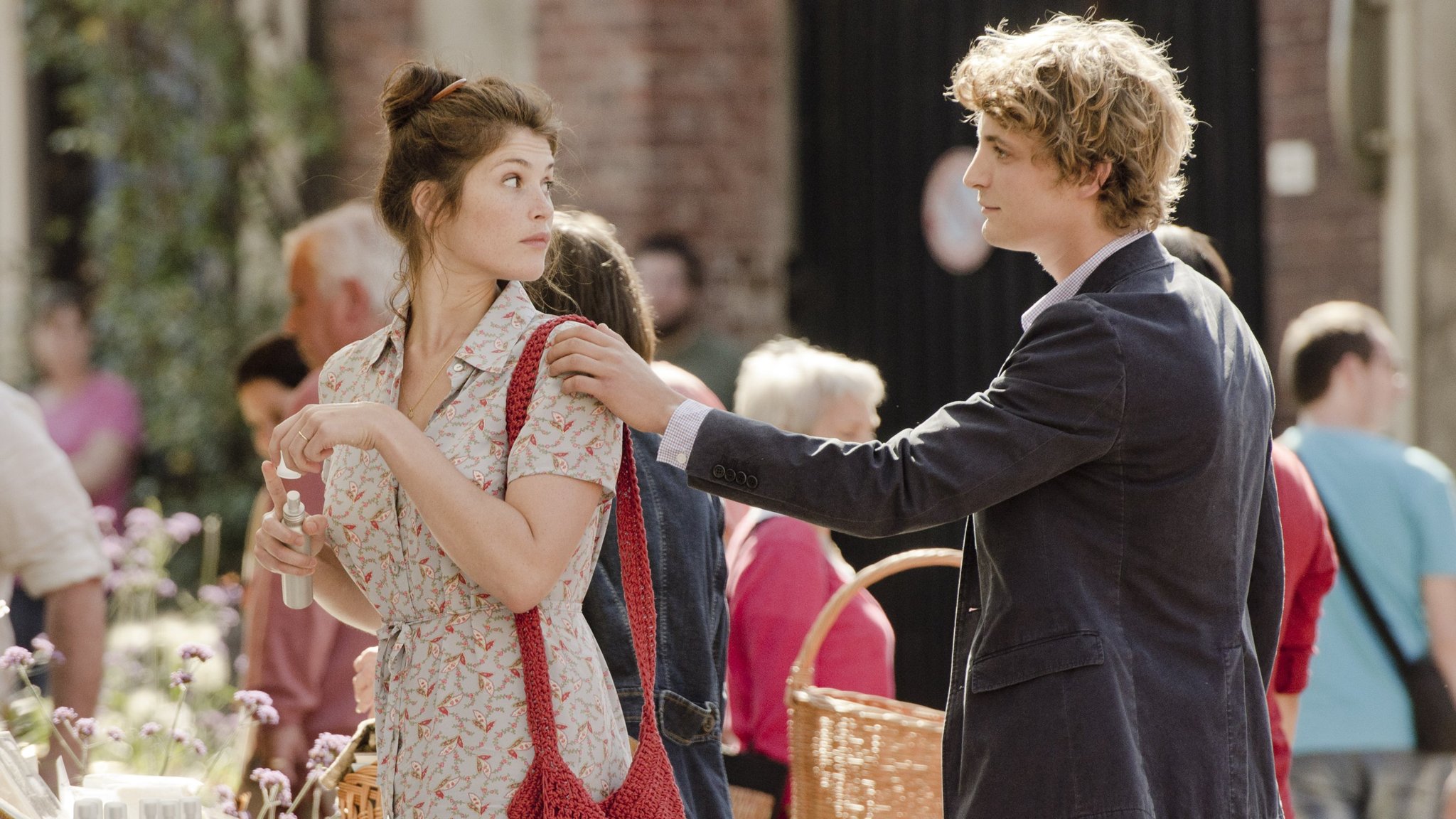The title character of Posy Simmonds’ Gemma Bovery, of course, closely echoes Emma Bovary of Gustave Flaubert’s Madame Bovary, and Simmonds even takes this a step further by setting the graphic novel in Normandy. The similarities between Gemma and Madame Bovary aren’t lost on her neighbor Joubert and he’s convinced she’s going to share the same fate as the heroine of Flaubert’s novel. Or is she going to suffer the same fate just because Joubert thinks she is?

Much like Simmonds’ Tamara Drewe, this is a story of a woman whose life doesn’t quite get to be her own. Gemma is maybe a bit bored and dissatisfied with her marriage and living in France isn’t the fantasy she had in mind, but it’s Joubert’s continuing fascination with her, even after her death, that turns her into the literary heroine Joubert wants her to be. By reading her diaries, Joubert is trying to reconstruct her life and love affairs into a narrative that suits him.
Gemma was just a woman trying to live her life. While we’re reading Joubert’s interpretation of things, we still see Gemma as a woman with fears, desires, and frustrations. She feels real and not someone that deserves to be the main character in the story someone is making up about her.
Simmonds’ hybrid of prose and comics works here, too, much as it did with Tamara Drewe. I would say this one is a bit heavier in terms of prose since we do see many passages from Gemma’s diaries, but Simmonds’ artwork still shines. Her gift for showing the intricacies of human experience through tiny changes in facial expressions and body language remains incredible. Her use of softer pencils for some sequences to bold inks in others helps to shift tones with a precise command.
It does make sense this would be turned into a movie, but Gemma Bovery (2014, directed by Anne Fontaine) can’t quite live up to the graphic novel. Instead of Gemma (Gemma Arterton) being the one to decide to move to France, it’s the choice of her husband, Charlie (Jason Flemyng). Along with other things, feel like it makes Gemma a more passive participant in her own life. As it’s still mostly from Joubert’s (Fabrice Luchini) perspective but too many of her choices don’t feel like her own.
The movie also makes some more odd deviations from the graphic novel. Instead of Gemma first meeting Hervé (Niels Schneider) randomly, he helps Joubert come to her aid after she’s stung by a bee. It also de-emphasizes Gemma’s art career, which in the graphic novel was part of her motivation to move to France. Here, there are just a few scenes of her painting some faux marble panels. Patrick (Mel Raido), Gemma’s ex-boyfriend, almost just feels like an afterthought at the end.
Arterton, who should play every Simmonds heroine, does shine as Gemma. She’s gorgeous, of course, but also captures the awkwardness of a woman who feels uncomfortable in a country where she barely speaks the language and feels inferior to her rich neighbors. She truly carries this film. I assume, since she’s been in two adaptations of her books, she’s a Simmonds fan so I don’t blame her for taking this role. I do however wish the movie was more worthy of either of them.
I know no adaptation can capture the same spirit as its source material. This movie tries hard but it feels like it ignores the nuance that makes the graphic novel succeed. It’s diverting enough, but in the end, it feels largely forgettable. I had seen this before but I didn’t remember it was mostly in French or even that it was a French production. The pleasures of the book are going to stick with me instead.

